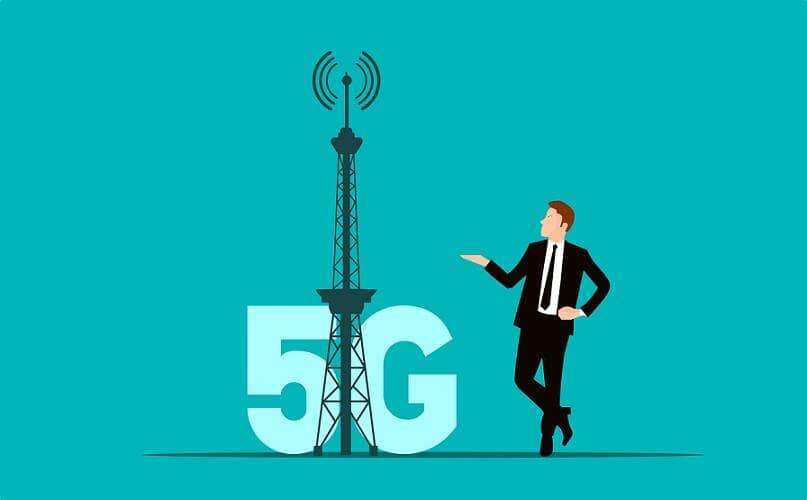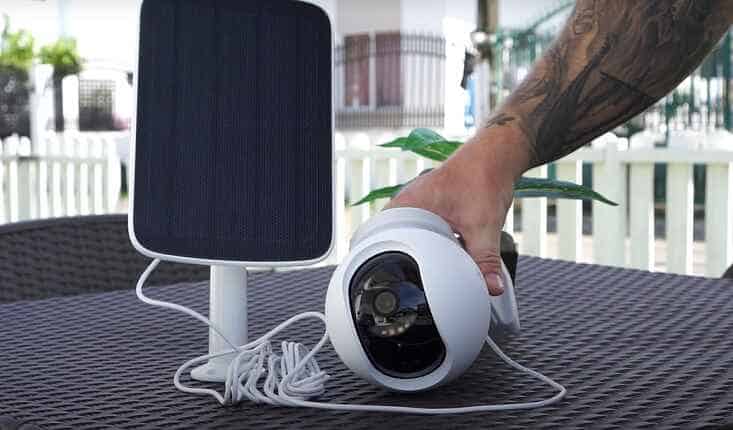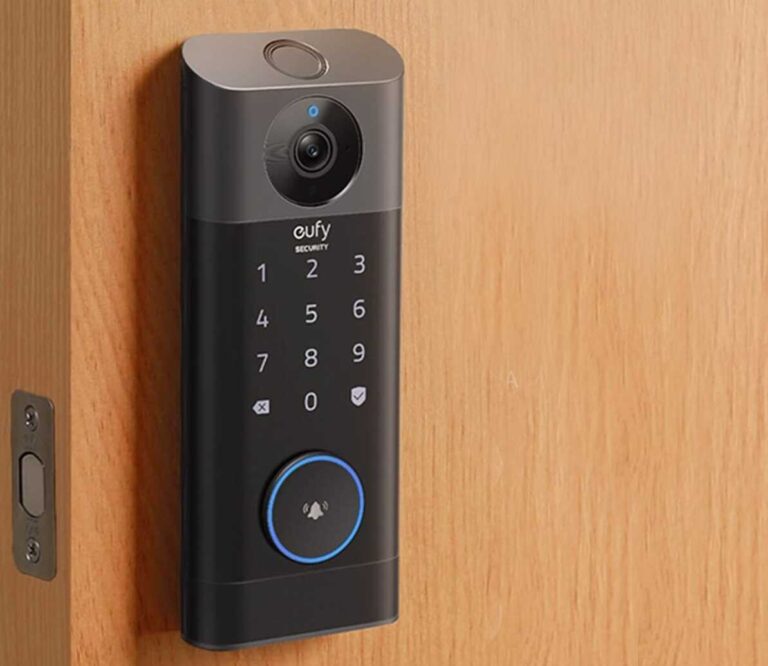The Impact of 5G on Remote Surveillance
5G technology has transformed many sectors, and remote surveillance stands out as one of the most impacted. The evolution from previous generations of cellular networks to 5G has redefined how surveillance operations are conducted.

Speed and Efficiency
The 5G network boasts impressive speeds, significantly outpacing its predecessors. This enhancement ensures that high-definition surveillance feeds are transmitted without lags or delays, making real-time monitoring more effective and reliable.
Enhanced Connectivity
With 5G, surveillance devices can connect seamlessly, even in congested areas. This means more cameras and sensors can operate simultaneously, providing comprehensive coverage without compromising the quality of surveillance.
Reliability in Remote Areas
Traditional networks often struggle to maintain connections in remote areas. However, 5G networks have wider coverage, ensuring that surveillance systems stay connected even in the most isolated regions.
Data Storage and Analysis
The capacity of 5G to transmit vast amounts of data allows for advanced analytics. Surveillance systems can now harness machine learning and AI to recognize patterns, detect anomalies, and even predict potential security threats.
Cost-Effective Operations
Although the initial investment in 5G might seem high, the efficiency and reliability it brings can lead to long-term savings. Reduced downtimes, fewer maintenance needs, and the ability to operate more devices concurrently can offset the initial costs.
Integrating IoT for Enhanced Surveillance
The Internet of Things (IoT) has also benefited from 5G’s superior connectivity. Surveillance devices can now be integrated with other smart devices, creating an interconnected ecosystem that provides advanced monitoring capabilities.
5G vs. 4G: A Comparative Glance
| Feature | 4G | 5G |
|---|---|---|
| Speed | Up to 100 Mbps | Up to 10 Gbps |
| Latency | 30-50 milliseconds | 1-10 milliseconds |
| Frequency Band | 2 GHz to 8 GHz | Up to 100 GHz |
| Connectivity | Limited in congested areas | Enhanced even in congested areas |
| Application in IoT | Basic integration | Advanced integration with real-time data |
Future of 5G in Surveillance
As 5G technology continues to evolve, its applications in remote surveillance will expand. We can anticipate more advanced features, improved efficiency, and even more reliable surveillance solutions in the years to come.
In conclusion, 5G has ushered in a new era for remote surveillance, making it faster, more reliable, and more integrated than ever before. The future of surveillance looks promising, with 5G at its core.






